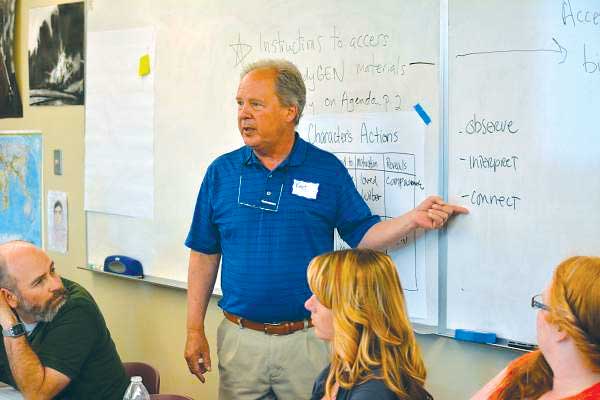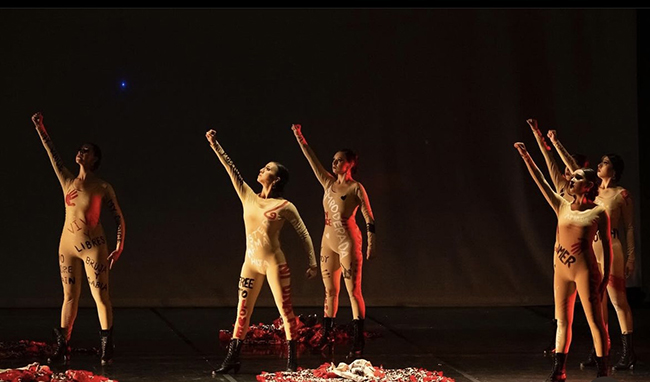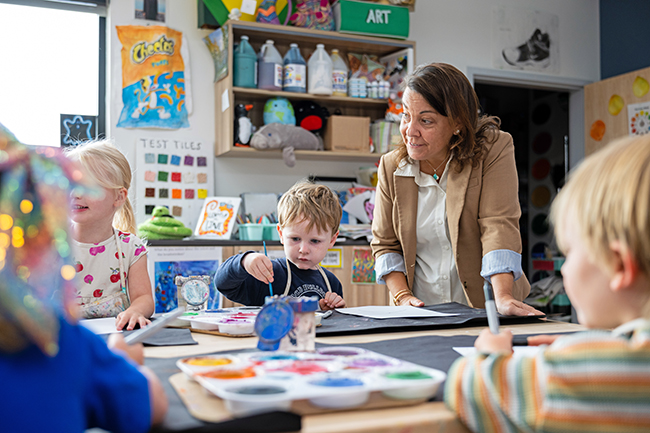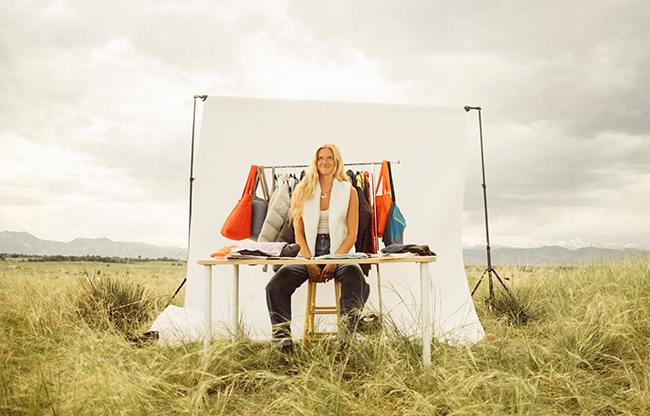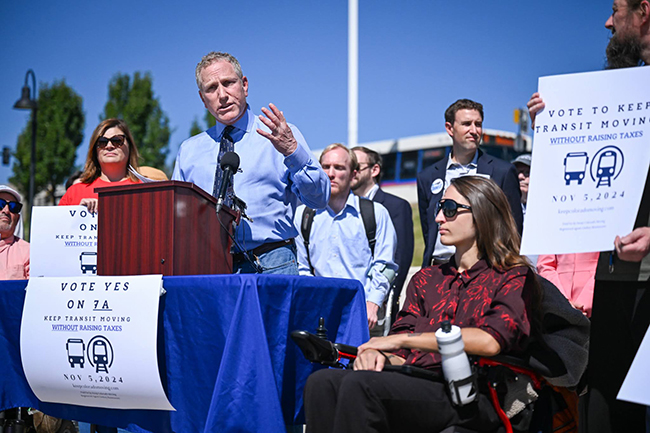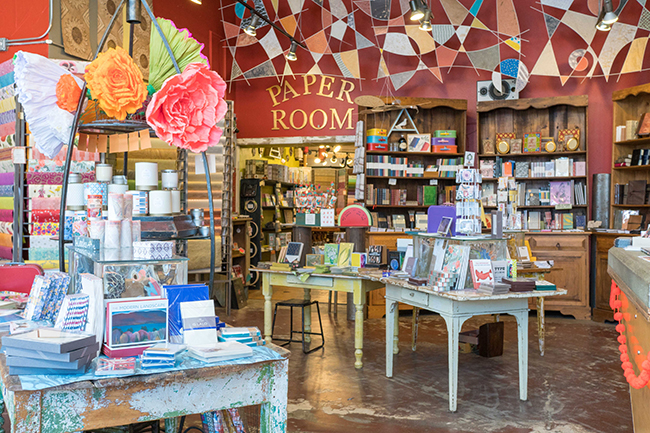Advocacy team prepares educators to welcome LGBTQ students
31 Aug 2017
Angelic Troublemakers
By Shannon Burgert Last year, parents of a local elementary-school student met with their child’s teacher and school administrators. The parents were there to discuss the decision of their child (whom we’ll call “C” for clarity) to share C’s true gender identity. Odette Edbrooke, then a director in the Boulder Valley School District Instructional Services and Equity division, attended the meeting. During the meeting, Edbrooke says, the father broke down in tears, but they were tears of relief. “He felt so relieved that the school wasn’t a place that he had to challenge. The school was willing to help guide the parents through it.” School staff rallied, with C’s needs and wishes as their priority: The student, a strong self-advocate, wanted to be public about changing gender identities. C’s teacher suggested taking a new class photo, and the principal issued a new student ID card. C returned from winter break sharing their new preferred name and pronouns, and peers “welcomed the new name and identity with open arms and celebrated with the student,” Edbrooke says. “It feels good when you have a student who is ready to be who they want to be.” The success in that story can in large part be attributed to a partnership that began two years ago between BVSD and A Queer Endeavor, an initiative by Bethy Leonardi, Ph.D., and Sara Staley, Ph.D., to support teachers and schools around topics of gender and sexual diversity. The program has largely been funded by Boulder’s Twisted Foundation and is housed in the University of Colorado Boulder’s School of Education, where Leonardi and Staley serve as research associates and where they met as graduate students. A Queer Endeavor was born as a response to a gap the pair saw in the education of future teachers, and also from their own teaching experiences: Even in discussions of equity, topics of gender and sexual diversity were absent. (Leonardi and Staley note that in BVSD, they built on years of work by the Safe Schools Coalition to promote equity and a welcoming environment for LGBTQ students, parents and staff.)The use of “queer” in their title may seem surprising. A term that had a negative connotation not long ago has been reclaimed and rebranded. Staley explains, “‘Queer’ can be kind of shorthand for all of the letters in the LGBTQ acronym—for us it has political significance. We’re intentionally trying to disrupt norms around what’s considered ‘appropriate’ to talk about in school.” “Many people have learned not to talk about [queer issues],” says Leonardi. “We’ve learned that it’s deviant. We’ve learned that it’s not normal.” But with the help of A Queer Endeavor, many educators are now talking—about their assumptions and biases, and about how to make gender and sexual diversity part of the story in our schools and society. Over the last three years, Leonardi and Staley have trained approximately 3,000 people in the education field, from top administrators to bus drivers—many in BVSD, but also in St. Vrain and other local districts.He/She/They/Ze/Mx
Pronouns could have an article all to themselves. It’s becoming more common for people to share their preferred pronouns when introducing themselves, and many teachers and professors are adopting this practice as they begin the school year with class introductions. For example, “I’m Shannon. My pronouns are she/her/hers.” If you don’t know someone’s preferred pronouns, don’t make assumptions. Either ask or use the person’s name. If you make a mistake when referring to someone, correct it. And if someone else makes a mistake, correct them too. Along with our understanding of gender, pronouns are expanding. Many people don’t want to be identified within the traditional binary mindset, as male or female. “They/them/their” is one great (and now grammatically acceptable) way to refer to someone without assigning them to a category. There are new sets of gender-neutral pronouns that people are adopting; one is ze/zir/zirs. And a new one for the Oxford English Dictionary: “Mx” (pronounced “mix”), an alternative to “Mr.”, “Mrs.”, “Ms.” and “Miss,” when someone does not want to be identified with one of the binary-based honorific titles.
Help for All Who Are Marginalized
What the work comes down to, Edbrooke says, is “How do we do better by kids?” Edbrooke was tasked by assistant superintendent Ron Cabrera, Ph.D., who retired in May, with helping BVSD give more than lip service to its policies supporting LGBTQ youth. “To be true to our district values of equity and social justice, we had to take action,” says Cabrera. For the educators who participate in Staley and Leonardi’s training seminars, that means not simply understanding policies and following procedures but engaging in a reflective process, exploring their personal reactions to gender issues. “It takes someone being invested in doing their own learning,” says Leonardi. Cabrera says his own worldview has grown with regard to the needs and perceptions of LGBTQ students. “I always thought I had a good understanding of social justice, diversity and equity,” he says, “but this new learning has given me a new dimension in what it means to help marginalized students. And that is good.” While the focus might be on LGBTQ students, the program applies to all those who are marginalized, by race, ethnicity or any other identity. “I feel like it’s important for us as educators to complicate kids’ ideas,” Leonardi says. She and Staley aren’t in the business of telling people what’s right or wrong. “We’re saying that LGBTQ people exist, they’re welcome in our schools, they exist in our society, and that’s it. We’re educating you about what the world looks like.” “Empirically it is a matter of life and death,” says Edbrooke. “I know that can sound really dramatic, but the numbers don’t lie. And so if we have an opportunity to change students’ lives, then that’s our job.” In a national survey of almost 8,000 LGBTQ youth aged 13-21, 55.5 percent said they feel unsafe at school because of their sexual orientation, and 37.8 percent feel unsafe because of their gender expression. But Leonardi is emphatic: The work that schools are doing is about even more than preventing bullying and suicide. “We’re not just trying to keep kids alive. It’s important work so that kids feel like they’re badasses. Because they are.” She smiles.
Breaking the Silence
A Queer Endeavor’s work with BVSD is pioneering, not only because training is happening district-wide, but also because the duo has been given unprecedented access as researchers. (It’s noteworthy that BVSD was lauded as a model district in 2016 when President Obama announced protections for students to use bathrooms associated with their gender identity.) Staley and Leonardi’s research focuses on what this work is like for teachers implementing it in classrooms. This year they’re also training a small cadre of teacher-leaders. And they have created a short documentary, Breaking the Silence: Honoring the Voices of Queer Youth and Allies in Preparing Our Teachers. It features conversations among middle, high school and college students and teachers, as well as interviews of students, teachers and members of the LGBTQ community. For educators who’ve worked with them, Staley and Leonardi’s approach is both admirable and inspiring. Edbrooke says, “There’s an art in being able to create a space for people to feel safe, but also to challenge them.” Their fundamental principle is to care for everyone in the room. “Sometimes that means caring for someone who’s against everything that I’m saying,” Leonardi explains, “and sometimes that means caring for the most vulnerable person in the room because they’re the subject we’re talking about.” And as educators and researchers who identify as queer, that subject often involves Leonardi and Staley themselves. Their own identities are a big part of how they think about their work. For instance, when someone suggests that elementary students are too young to talk about queer issues, Leonardi’s response is, “So you’re saying elementary students are too young to know that I exist?” That’s pretty deep, says Staley, but those are the kinds of conversations the pair facilitates. “No teacher wants to do bad by kids, so how can we bridge wanting to do right by kids with someone’s beliefs that may complicate their willingness or ability to support queer kids?” asks Leonardi. It’s conversations around prompts like “What counts as normal, what counts as not, and who gets to decide?” that teachers are having at A Queer Endeavor’s seminars and then bringing back to their classrooms. In a BVSD middle school, a sixth-grade English teacher posed a question to her students: “Do homophobia and racism exist in Boulder?” Students embraced the conversation, and by the end of it, several came out to the class as LGBTQ. Staley says, “It’s stories like that that energize this work, those moments of possibility and hope, where people are trying things on for the first time with students. The teacher said it was the most impactful and powerful day of her teaching career.” A Queer Endeavor’s website features this quotation by the civil-rights leader Bayard Rustin: “We need, in every community, a group of angelic troublemakers. Our power is in our ability to make things unworkable.” The mission for angelic troublemakers Leonardi and Staley: making silence unworkable.Shannon Burgert (she/her/hers), Ph.D., teaches fifth grade in Louisville.


